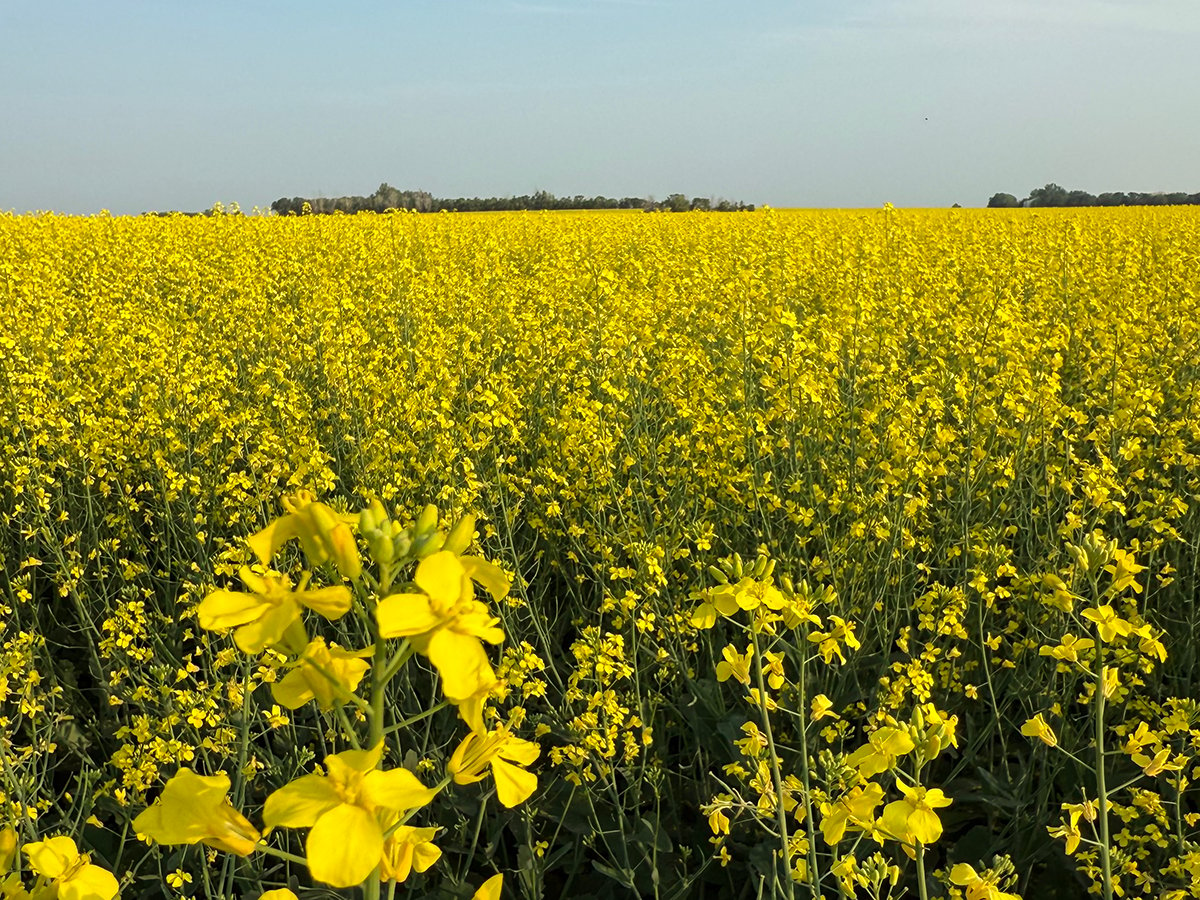Effective marketing and sales teams at agri-chemical companies may be a driving force behind the burgeoning resistance to Group 2 herbicides.
“Part of the company, on the biology and development side, they understand resistance,” said Francois Tardif, a weed science expert from the University of Guelph in Guelph, Ont.
“But those companies are like a monster with multiple heads, and one of the big heads is the marketing, the sales side. And these guys, they want to sell the stuff.”
Read Also

Canola support gets mixed response
A series of canola industry support measures announced by the federal government are being met with mixed reviews.
Field trials conducted in Saskatchewan from 2004-07 showed that field pennycress, or stinkweed, can rapidly develop resistance to Group 2 herbicides.
Hugh Beckie, an Agriculture Canada plant scientist in Saskatoon, found that the number of resistant stinkweed seeds increased to 54 percent from five percent after two applications of Muster.
Tardif said the trials, which were the first to study the evolution of Group 2 resistance in the field, should send a clear message to herbicide manufacturers that their products are in jeopardy.
The sales staff at chemical manufacturers should tell farmers to use a Group 2 herbicide one year and then a different mode of action the next, Tardif said.
However, he’s not convinced that sales reps follow that advice.
“Instead of getting it (resistance) in five years, you may get it in 10 years,” Tardif said.
“As a biologist, I’m thinking that’s great because I’m preserving the tool … but from an economics point of view, the guy from marketing in DuPont, or whatever company, will look at me and say, “you’re crazy.’ ”
Beckie’s study also determined that tank mixing herbicides from two groups is better than rotation when trying to prolong the effectiveness of Group 2 herbicides.
“They’ve done computer modeling in Australia that shows it is the only way out if you really want to improve the life of a herbicide,” Tardif said.
“These are tricky mixtures to make, but once you have them, they’re pretty efficient.”
Tardif said creating the right mixture requires co-operation between the chemical companies, which goes against their natural inclination to compete.
Bill Summers, DuPont Canada’s registration and development manager, said his company is aware of the problem and knows that tank mixing is part of the solution.
“For us, there’s no question that the whole issue of tank mixing … is something we definitely support.”
He said DuPont representatives do tell farmers about the benefits of using other companies’ chemicals.
“We talk about the competitive products because you know that putting our product with their product is going to be the best thing for them to do from a resistance management point of view.”
Summers said DuPont reps also try to educate grain farmers about the emerging problem of Group 2 resistance.
“We do talk to them about (herbicide) rotation, we do talk to them about just being aware …. If they start to see patches of weeds, in this case develop in part of the field, they need to bring it up and discuss it with their crop protection reps.”
However, Summers said chemical companies can only do so much education. Provincial agriculture extension staff and agronomists from grain companies also have a responsibility to spread the message about Group 2 resistance.
“Farmers have a role here, too. The reality is that no company wants farmers out there using their product constantly because we know that will lead to resistance.”
He said DuPont is developing new products such as Triton C and Triton K that have two modes of action in the box.
Those chemicals may cost more than herbicides with just one mode of action, Summers said, but if farmers are concerned about weed resistance, they may have to pay more for a better product.
“The cheapest option is not always the best option.”















